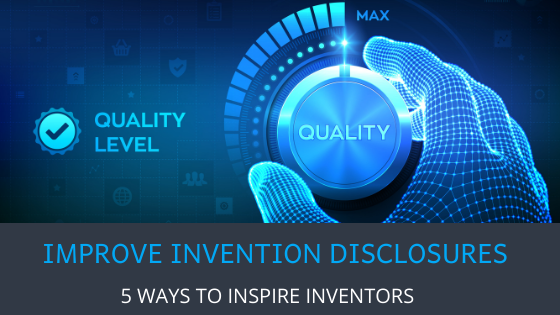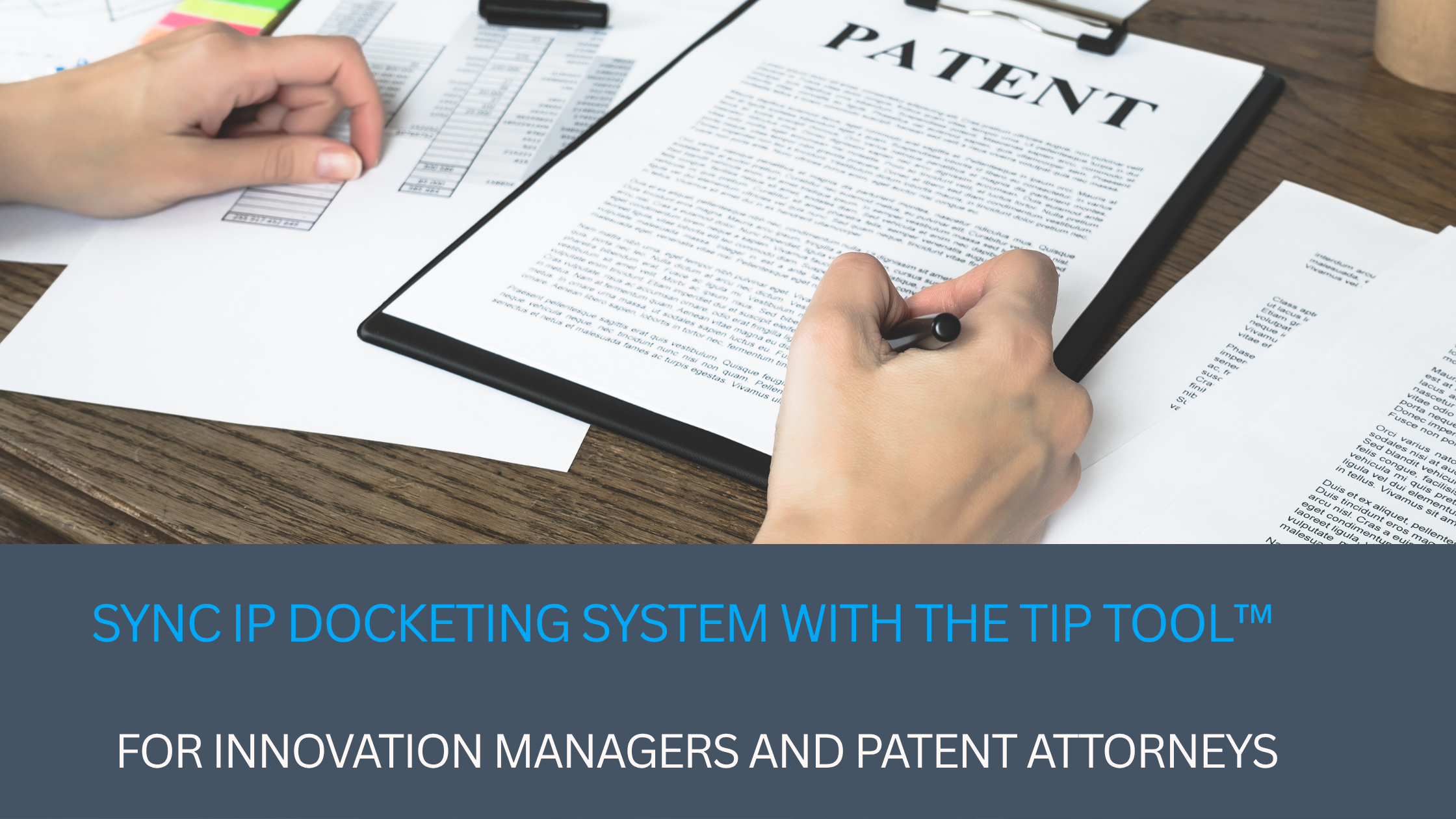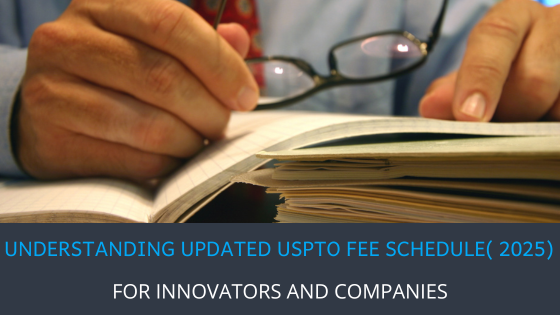Getting effective invention disclosures is a challenge if your inventors don’t engage with the innovation capture process. As an innovation manager, you need to fill the innovation funnel with potentially patentable ideas. The key to this lies in the details of structuring a comprehensive invention disclosure form to capture the essence of each innovation.
So, what do you do?
Let’s explore what makes an effective invention disclosure and how you can get enough of those!
Effective Invention Disclosure:
An effective invention disclosure captures the novelty, advantages, and utility of the invention. It has to be explained well enough such that those who approve patent filings can understand the invention and how it is strategic to the enterprise. To put it simply, an ideal invention disclosure clearly and precisely describes:
- The problem that the idea solves
- How the idea solves the problem
- How the invention operates
- The enhanced features in comparison to existing alternatives
How to Make Sure You Get Effective Invention Disclosures?
Here are five ways to improve the quality of the invention disclosures at your organization:
- Inventor-focused education
- Walk it through – contextualization
- Timely assistance
- Example invention disclosures
- Two-way communication between the inventor(s) and innovation manager

#1. Training And Education
It takes training to obtain effective invention disclosures. Education should be inventor-focused. Explain the patent program and the invention disclosure form to your inventors. Incorporating innovation management software can streamline this educational process, making it easier for inventors to understand and engage with the patent program. Provide insight into how the patent process works. Such an exercise increases engagement.
Conduct the training at regular intervals including at new employee orientation to keep everyone updated with the patent policy of the organization. Create guidelines for filling the invention disclosure form to demystify what is needed.
An effective invention disclosure requires a summary of the invention while highlighting its unique features. Also, encourage the inventors to attach detailed documents and drawings to provide an excellent description. Graphic representation leads to better understanding. It should quickly identify the problem, solution, and enhanced features compared to the conventional solutions. The inventors need to explain how the invention works and the value of pursuing a patent.

#2. Walk It Through
Contextualization is key. Apart from training and educating the inventors on filling the invention disclosure forms, you need to explain why it is essential. A strong understanding of these factors plays a significant role in strengthening your patent portfolio through effective disclosures. The inventors need to understand that the invention disclosure is part of a larger process crucial to the success of the enterprise.
Good quality invention disclosures help to:
- Explain the new innovation
- Simplify the evaluation process of patentability of the invention
- Emphasize the chances at successful commercialization
- Speed up the process by including all essential information
When the inventors understand the motivation behind good quality disclosures, they will be keener to write them better. The better the innovation disclosure, the more likely that their idea is approved for patenting.
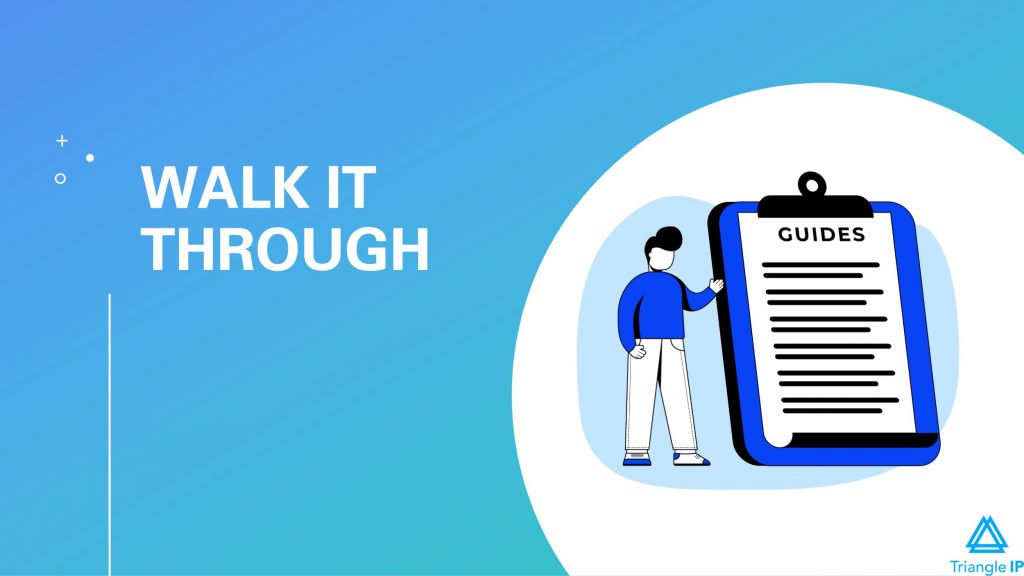
#3. Timely Assistance
Ensuring quick assistance when there is any confusion will speed capture by innovators. . In this context, the role of a skilled patent attorney in guiding the inventors becomes indispensable for effective invention disclosures. Often the inventors struggle with completing invention disclosures as they are not used to framing their contribution in the way. Make sure the inventors know where to seek help when they need it. Your organization can either appoint in-house personnel or outsource the task to IP professionals such as the patent attorney who drafts your patents. Establishing a good working relationship between the inventor and patent attorney will give the inventors insight into the essentials requirements for the invention capture.
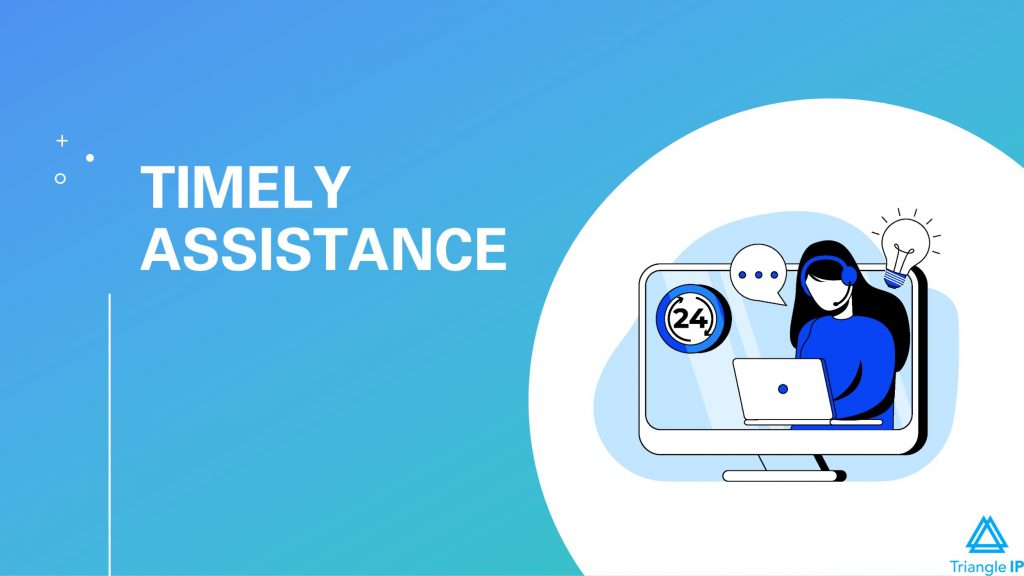
#4. Examples
Provide the inventors and R&D staff with sample invention disclosures, where patents have been obtained successfully. To further this practice, understanding how to generate more invention disclosures with high quality is essential for capturing innovative ideas effectively. If the corresponding product is well known in the enterprise, that always helps. Keep the invention disclosure form brief and straightforward, capturing only the necessary information. Allow them to include detailed documentation for the invention and drawings separately.
At Triangle IP, we have created a simple, engaging, and customizable invention disclosure form (IDF), which is downloadable in both excel and word formats. Long and complex IDFs often discourage the inventors from filing invention disclosures. A well-written sample invention disclosure can be the yardstick for future disclosures to ensure high quality.
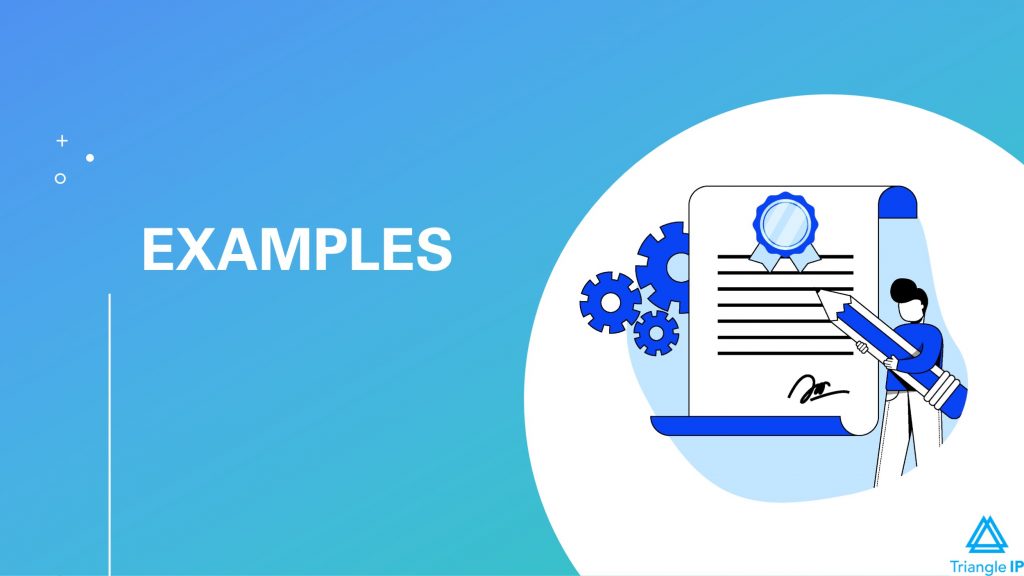
Must explore the top 5 invention disclosure software options to choose the best for your R&D Team.
#5. Two Way Communication
Try to understand the reasons behind low-quality invention disclosures in your enterprise. Address the issues of the inventors to tailor the process to how they are accustomed to doing things. Keep the channel of communication open between inventors and innovation managers with transparency in the process. It allows them to understand each other’s perspectives and how innovation progresses through the process. There has to be clarity about the expectations from the inventors with visibility as their ideas mature into patents. The innovation managers should also be aware of the enablers and blockers of invention disclosure to capture more innovation. The invention disclosure process has to be two-way communication.
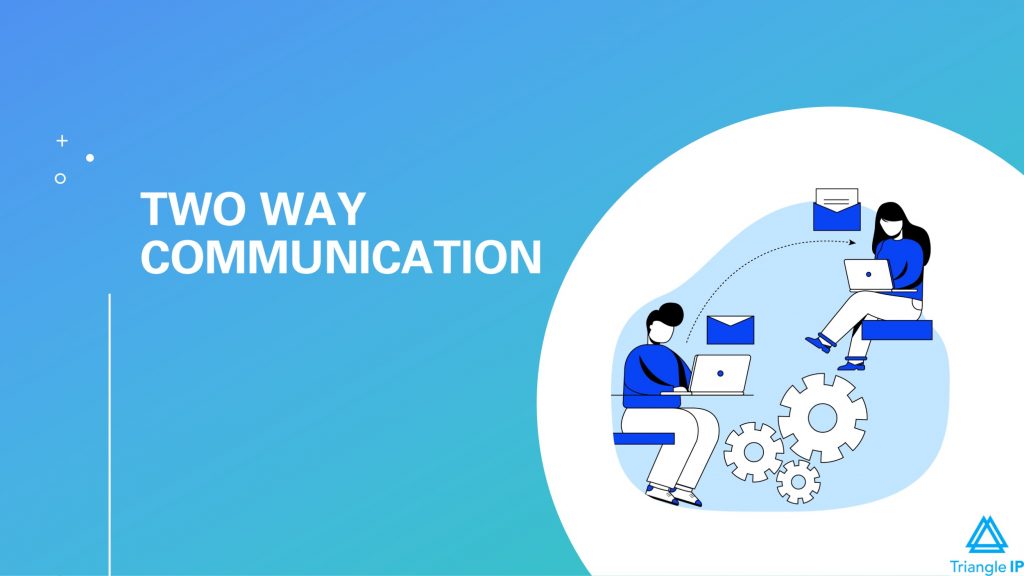
On a side note: Would you want to know how your patent application is progressing at the USPTO compared to other applications in the same domain?
The TIP tool offers statistics of the law firm and the examiner handling your case. Once the application is filed at the USPTO, and an examiner is allotted to your case, the tool indicates the relative performance of the law firm handling your case. The statistics revolve around the number of arguments, grant rate, and grant time. The tool also indicates the case health, for instance, it can tell you if a case needs your attention. There is a whole bunch of insights that you can gather from the TIP tool for strategic patent prosecution.
Request insights for any of your cases at the patent office using the form below.
Takeaway:
The better the invention disclosure, the easier it is for the innovation manager to push it through to a patent. The more information you can get into the process, the easier it is to evaluate and draft the patent application. The quality of the input data determines the quality of the output.
An effective invention disclosure should:
- Provide a solid background and characteristics of the invention
- Contain proper technical description, which is the heart of invention disclosure
- Explain the key terms and jargon
- Include a list of any known relevant prior art and how the invention is different
- Be reviewer-friendly so the value to the enterprise is clear
- Include diagrams or other pre-existing documentation
Note: The preceding is general business advice and not to be construed as legal advice. IP laws vary by country and retaining licensed legal counsel is advised to confirm this information. Any expressed or implied opinions are of the author and do not necessarily reflect the views of Triangle IP or any other entity who might be associated with the presenter. We hope this content is helpful to you, but should not be relied upon without confirming the advice and accuracy with local legal counsel. Any comments or inquiries are not confidential so please discuss your issues directly with counsel.

